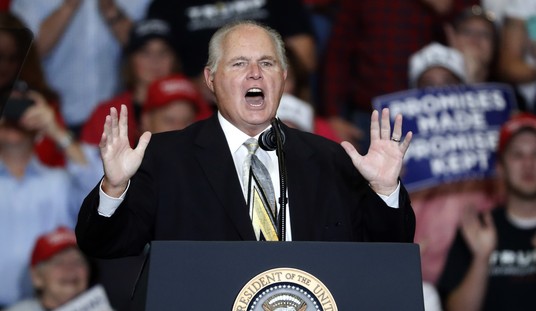SAVE THE BILLIONAIRE SHORT-SELLERS! by Rich Karlgaard
My, oh my. Here is a shocker. James Chanos, the billionaire short-seller, opposes any reforms that would tilt the stock market away from shorting selling. Here is his argument. Not surprisingly, Chanos, whose firm Kynikos means “cynic” in Greek, leaves out all the recent history that has made short-selling so lucrative. Such as:
1. FAS 157. It sets the rules for mark-to-market accounting. What Chanos fails to tell you is that FAS 157 has existed only since November 2007. FDR wisely got rid of it in 1938, and then like a bloodsucking vampire it returned–oh, why God?–16 months ago. Had FAS 157 been the law during the S&L crisis of the late 1980s and early 1990s, every major U.S. financial institution would have failed, according to a man who was there, William Isaac, former commissioner of the Federal Deposit Insurance Corp.
2. Disappearance of the short uptick rule. Under Christopher Cox’s woeful leadership at the Securities and Exchange Commission, the short uptick rule vanished on July 15, 2007. Wikipedia’s definition of the short uptick rule is as good as any: “The rule limits the timing of short sales. It mandates, subject to certain exceptions, that, when sold, a listed security must either be sold short at a price above the price at which the immediately preceding sale was effected or at the last sale price if it is higher than the last different price. In 1938, the U.S. Securities and Exchange Commission adopted the uptick rule, more formally known as Rule 10a-1, after conducting an inquiry into the effects of concentrated short-selling during the market break of 1937. The original rule was implemented by Joseph P. Kennedy Sr., the first SEC commissioner.”
3. Naked short-selling. Cox’s SEC failed to enforce its own rule against naked short-selling. Again, Wikipedia: “Naked short-selling, or naked shorting, is a type of financial speculation. It is the practice of selling a stock short, without first borrowing the shares or ensuring that the shares can be borrowed, as is done in a conventional short sale. When the seller does not obtain the shares within the required time frame, the result is known as a “fail to deliver.” The transaction generally remains open until the shares are acquired by the seller or the seller’s broker, allowing the trade to be settled. Naked short-selling can be used to manipulate the price of securities by driving their price down, and its use in this way is illegal. … Some commentators have contended that despite regulations, naked shorting is widespread and that the SEC regulations are poorly enforced. The SEC has denied these claims. However, the SEC and others have also defended the practice in limited form as beneficial for market liquidity. Its critics have contended that the practice is susceptible to abuse, can be damaging to targeted companies struggling to raise capital, and has led to numerous bankruptcies.”
Make no mistake. These three regulatory changes, in combination, overwhelmingly favored short-sellers and reaped a whirlwind of wealth destruction. Regulatory policy should be neutral. It should favor neither shorts nor longs. Would anyone disagree with that? Chanos, the professional short-seller, clearly does.
As for Treasury Secretary Tim Geithner, I think his plan will work. But only if it is coupled with reform of FAS 157, the reinstatement of the short uptick rule, and rigorous SEC enforcement against naked short-selling. Otherwise, if the game is rigged, why would investors in bank assets bother?
[To read more Rich Karlgaard, read his Digital Rules blog at www.Forbes.com]









Join the conversation as a VIP Member